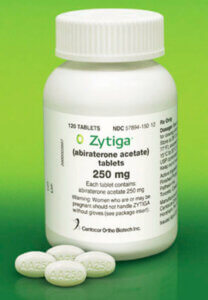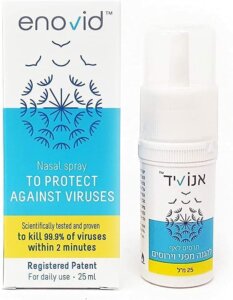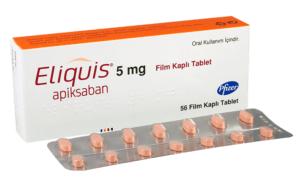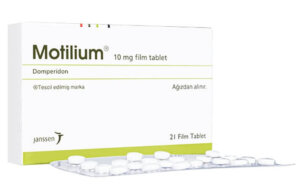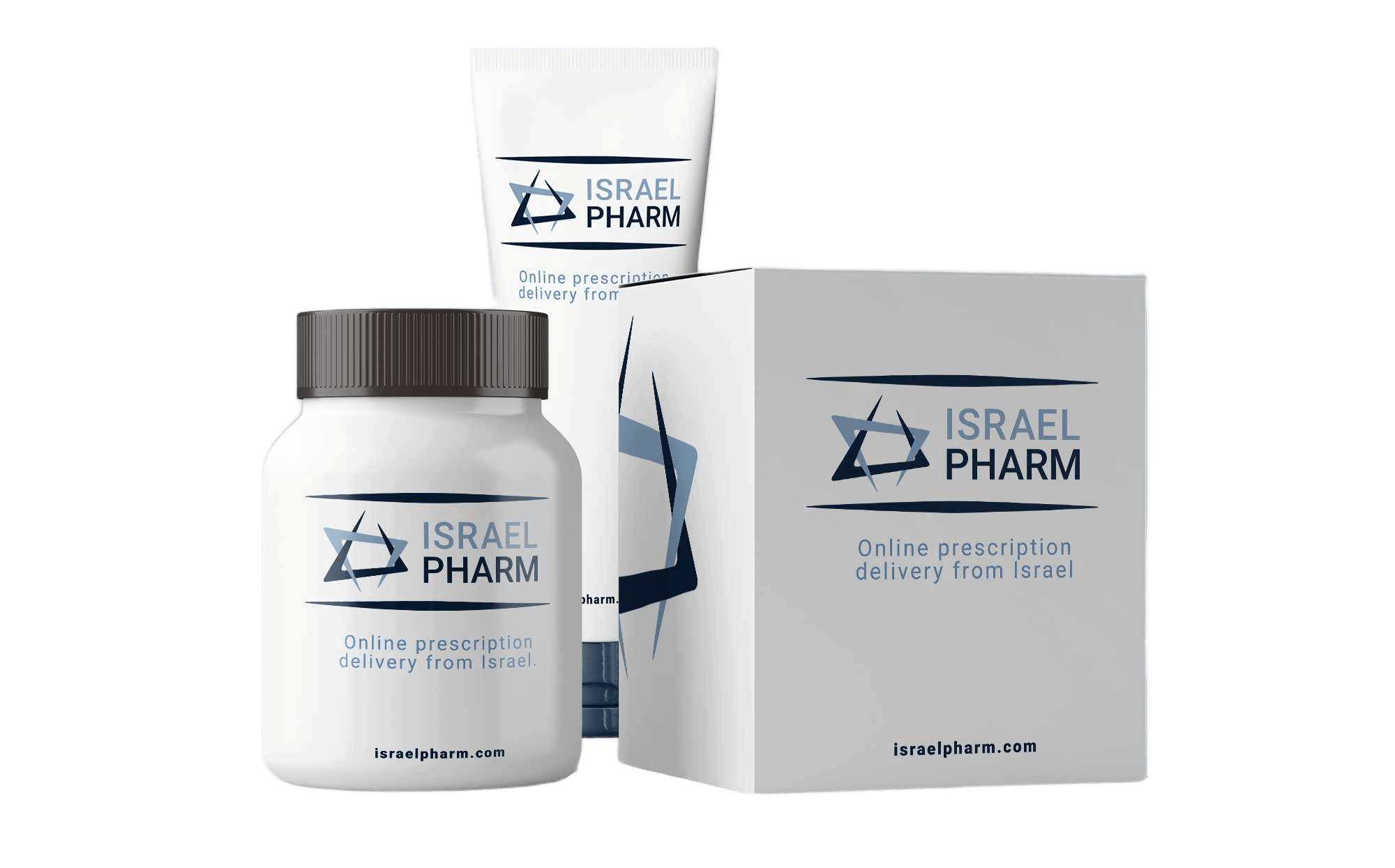 Detecting and treating prostate cancer is increasingly important; it is the most common type of cancer diagnosed in men in the US today. As men are generally living longer than before, more and more of them are developing enlarged prostates, and the number of them where the tumor has become malignant is growing in step. In this blog, we will highlight how many doctors choose to treat prostate cancer with Zytiga for men diagnosed with prostate cancer.
Detecting and treating prostate cancer is increasingly important; it is the most common type of cancer diagnosed in men in the US today. As men are generally living longer than before, more and more of them are developing enlarged prostates, and the number of them where the tumor has become malignant is growing in step. In this blog, we will highlight how many doctors choose to treat prostate cancer with Zytiga for men diagnosed with prostate cancer.
What are the differences between benign enlarged prostates, and prostate cancers?
About three-quarters of men who develop enlarged prostate glands do not go on to develop cancer of the prostate, and they usually don’t need any treatment. However, an examination performed by biopsy may show signs of cancer. In that case, active treatment is essential since there is an increased risk of the malignancy spreading to other parts of the body.What are the best paths for treating prostate cancer?
Treatments for prostate cancer are phased according to the level of risk. In the earlier stages, the main line of treatment is to reduce levels or inhibit the actions of testosterone, the primary male hormone. Testosterone acts as a trigger for cellular reproduction in the prostate gland. If less testosterone is circulating in the bloodstream or cannot perform its normal function in cell reproduction, then prostate cancer can be inhibited. The risk of the cancer spreading to other parts of the body will then be minimized. For early-phase prostate cancers, doctors start by prescribing luteinizing hormone-releasing hormone (LHRH) agonists such as Zoladex that lower testosterone production in the testicles. But when the tumor has not responded to this therapy, the tumor stage is classified as ‘castrate resistant’, and more aggressive treatment may be necessary. The preferred option is to treat castrate-resistant prostate cancer with Zytiga (generic name: abiraterone acetate). Zytiga’s action is different from the other hormone-influencing therapies. Their primary effect is to decrease the levels of testosterone production in the testes. However, they don’t affect the levels produced by the adrenal glands or the prostate gland itself. Zytiga suppresses androgen output at all three locations, making it more effective in inhibiting tumor cell replication in castrate-resistant patients. Usually, Zytiga is taken along with Prednisone, a corticosteroid used to reduce inflammation. The two drugs work in tandem, since Predisone offsets some of the adverse side effects of abiraterone.FAQ
Is treatment necessary for prostate cancer?
Not all cases of prostate cancer require treatment. What is essential for the management of this type of cancer is to be regularly monitored by your doctor or a specialist in this field, such as a urologist or proctologist. The basic tests of a rectal examination and PSA blood tests should be performed at least every year or two. There may be signs that the tumor is advancing beyond the first stage. In that case, doctors will usually proceed with the primary therapy of testosterone management. However, if it looks like the cancer is overcoming this treatment, it means it is becoming castration-resistant. In such a case, more aggressive remedies are usually begun, starting with treating prostate cancer with Zytiga.